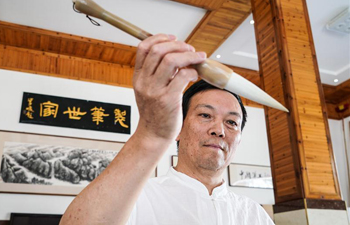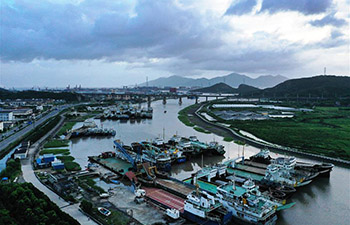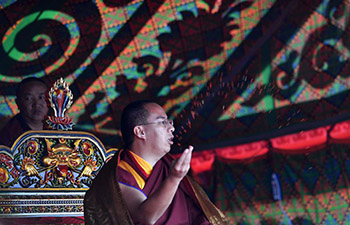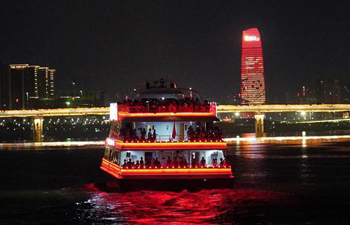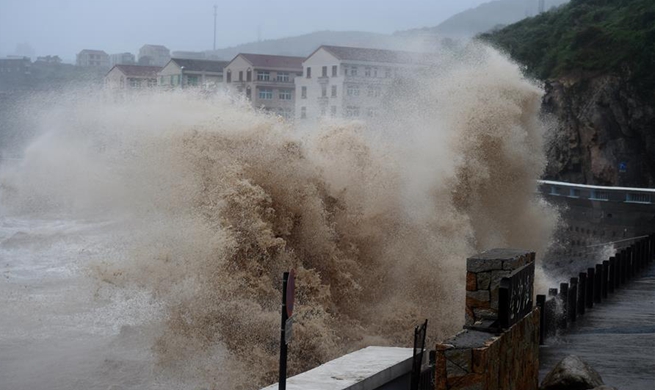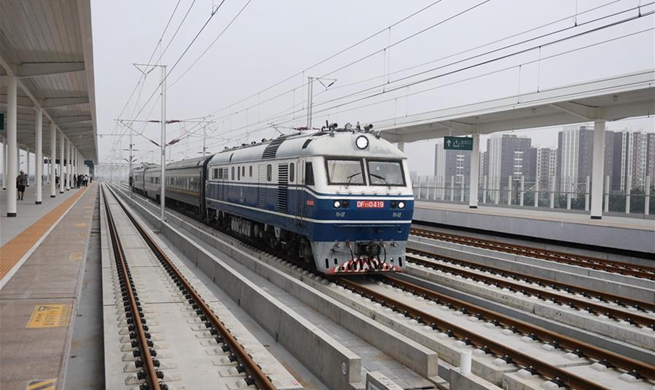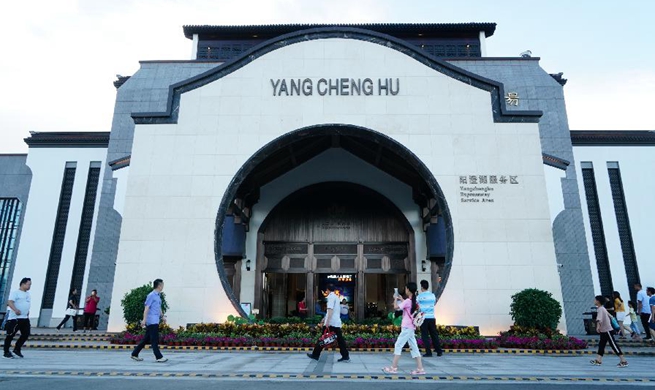TOKYO, Aug. 9 (Xinhua) -- The Japanese Air Self-Defense Force (ASDF) concluded on Friday the fatal crash of an F-35A stealth fighter into the Pacific Ocean in April was caused by human error and not a mechanical fault.
The conclusion that the pilot had experienced "spatial disorientation" before the fatal crash follows an investigative report released in June that drew the same conclusion.
The reports leading up to the final conclusion are based on findings and investigations by the ASDF itself, as well as analyses by experts of data gathered from radars and recordings of communication between pilots of other F-35As that were participating in the same nighttime exercise.
Investigators concluded that following a warning alarm going off in the jet, the pilot did not have enough time to stabilize the plane, the ASDF said. In its interim report, the pilot was believed to have been unaware his jet was careening towards the sea.
The ASDF said the jet began descending after the control tower instructed the pilot to decrease his altitude at around 7:26 p.m. on April 9. This was in order to maintain a safe distance from a U.S. military aircraft flying in the vicinity.
According to the report, however, the jet kept descending and then disappeared off radar.
Flights of Japan's grounded fleet of F-35A stealth fighter jets resumed early this month, however, with Japan's Defense Minister Takeshi Iwaya saying that approval had been gained from government officials in northeastern Japan, where the remaining 12 of the next-generation fighters are based.
Iwaya said that comprehensive measures towards ensuring the jets' safety had been taken.
The Defense Ministry said it had conducted inspections on the planes and had ensured that the jets' pilots had undergone further training.
The ASDF's conclusion of "human error," however, has done little to allay concerns about the planned deployment of more than 100 F-35A's in Japan, amid ongoing concerns about the planes' checkered developmental phase and lack of ability of pilots here to fly them, experts have said.
In early June, the search for the missing plane, which had only succeeded in recovering fragments including parts of the engine and the main wing, along with the plane's heavily damaged black box flight recorder, was called off.
The jets, one of the Pentagon's most sophisticated fifth-generation multi-role stealth fighter and most expensive weapons system, with a price tag of between around 90 and 116 million U.S. dollars, are supposed to replace Japan's fleet of F-15 and aging F-4 fighter planes.
